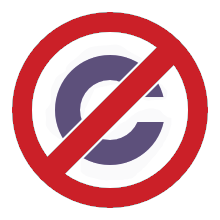Trish: “I first learned…
Trish: “I first learned about Valerie Solanas as an art student when I wrote a paper about Andy Warhol. She wasn’t part of the feminist movement, and she was the founder and lone member of her “organization,” SCUM. She was trying to break into the entertainment/art scene. She shot Andy Warhol because he wouldn’t produce a script she had written. I don’t know why men’s rights activists constantly cite her as a feminist, because she wasn’t one.”
Amanda: “Ah yes, crazy Valerie Solanas, the spokesperson for all feminists in the fantasies of anti-feminists. By the same logic, Charles Manson is the spokesperson for the hippies of the 60s.”
Well, to be fair, Valerie was not part of the organized Women’s Liberation movement (the SCUM Manifesto predated the first WL actions), but some prominent early feminists defended her — Flo Kennedy and Robin Morgan in particular — even though the ideas in the SCUM Manifesto, if taken seriously, are quite different from what they believed at the time. That’s why, e.g., Morgan refers to Solanas a couple of times in “Goodbye to All That” and why excerpts from the SCUM Manifesto are anthologized in “Sisterhood is Powerful.”
One of the problems with Valerie is that she was both clearly a deeply disturbed woman who slid into paranoid schizophrenia but also someone with a wicked sense of humor, and it’s hard to tell which parts of the SCUM Manifesto are satirical, which are seriously meant, and which are the products of madness. So simply treating the Manifesto as if it were a straightforward statement of Valerie’s opinions (or reading her later paranoid delusions back into the whole thing) is problematic at best. Of course the other problem is that no matter how many feminists publicly defended her, that doesn’t mean that their views were the same as her views in the first place.
(Also, to be fair, The Weathermen — a violent splinter of Students for a Democratic Society — did at one point cheer Manson as a hero.)
 Anticopyright.
Anticopyright.